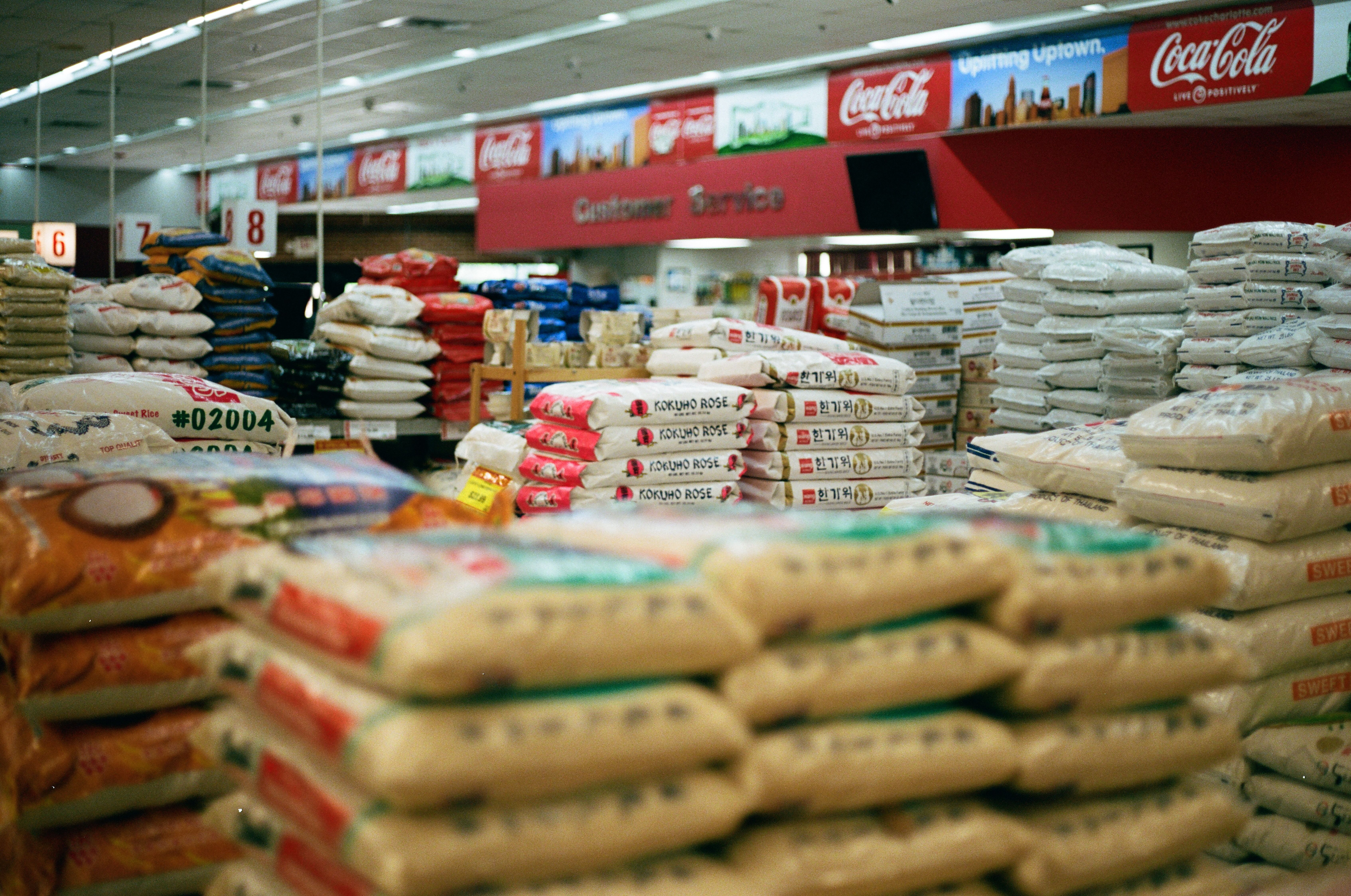- Published on
- Jan 27th 2022
Indian grocery in RTP: Expensive or Priced right?

With inflation at an all time high, did desi-grocers in the triangle choose to pass along the costs to the customers? Are they expensive or priced right?
Chaibuzz’s opinion: Grocery store price-hikes are part of a larger trend and they are unavoidable to a certain level. But it should not always be about price adjustments. Larger grocers typically have advantages of scale and we haven’t seen that pan out here yet. Conversely, some of our larger desi grocers are known for their higher prices. Pretty much all grocery stores are offering cafeteria as well, like you can get samosas and chai at grocery stores now. But Desi grocery store experience has been more or less the same for as long as we can remember. It’s high time that some grocer pays attention to this. Price is still the king and whoever offers the best price generally tends to have an advantage when it comes to groceries.
At times, the spike in cost is excessive and seem over done. Lets consider the following items for example:
Note: Prices here are an approximation as they vary on a day-to-day basis. Also they vary from store to store
| Item | Prices (1 year ago) | Now | Percent |
| Mutton | 9.99/ lb | 15.49/lb | 50 |
| Chicken | 1.99/lb | 2.79-2.99/lb | 40 |
| Narasu coffee | 5.49 | 6.99-7.49 | 27 |
| Wagh Bakhri Tea 2lb | 6.49 - 6.99 | 8.49 | 30 |
| Desi whole milk yogurt | 5.49 | 6.99-7.49 | 27 |
| Rice (per 20lb) | 12-14$ | 17-19$ | 21 |
| Toor dal (per 4lb) | 4.49-4.99 | 5.99-6.49 | 27 |
A quick weekend trip to few local desi grocers and here is what we found. About 15$ saved on mutton (assuming you get 5lbs) if you can shop around. 🌿 Vegans excuse us, but you get the point right?



What used to be a quick trip to 1 or 2 grocery stores, now needs stops at more grocers to keep family budget in check. Is this sustainable? How long can customers keep up with rising prices? Do salaries rise to match the inflation costs? How many of you have increased your trips to stores known for low-price stores like Aldi and Lidl? Costco-Apex has slowly ramped up their inventory of desi groceries like rice, yogurt, dals etc. If you look closely, in large desi hubs like New Jersey, Texas and Bay Area - large retailers like Costco and Walmart typically outsell desi grocery stores. Point to note here is that customers start trying new places if they have better price.
What do shoppers expect:
- Good prices of course.
- Quality - Fresh vegetables. Stores should remove products that are past their date of expiry.
- Prices are not always listed on store shelves. We all heard of instances where prices at shelves do not match what’s seen at checkout. The desi population is tech savvy and we must use all the technology at our disposal to take care of this.
- Delivery for desi groceries through Instacart: It’s not just for large grocers. If Durham coop and HMart can offer Instacart, why not desi groceries? Hopefully we can see this in the near future.
Price hikes are a national trend and is not unique to desi grocers. There are several factors that contributed to this:
- Labor shortages: The pandemic has exacerbated shortage of store workers and truck drivers
- Supply chain disruption: Food shipments especially from overseas, have experienced delays
- More demand: Due to pantry loading habits that began at the pandemic’s start, demand for food has increased
- Rising Real estate: Triangle real-estate costs have spiked up by about 30-40% in the last couple of years.
- Additional services: Costs of doing business with delivery services like Instacart, Shipt and Mercato